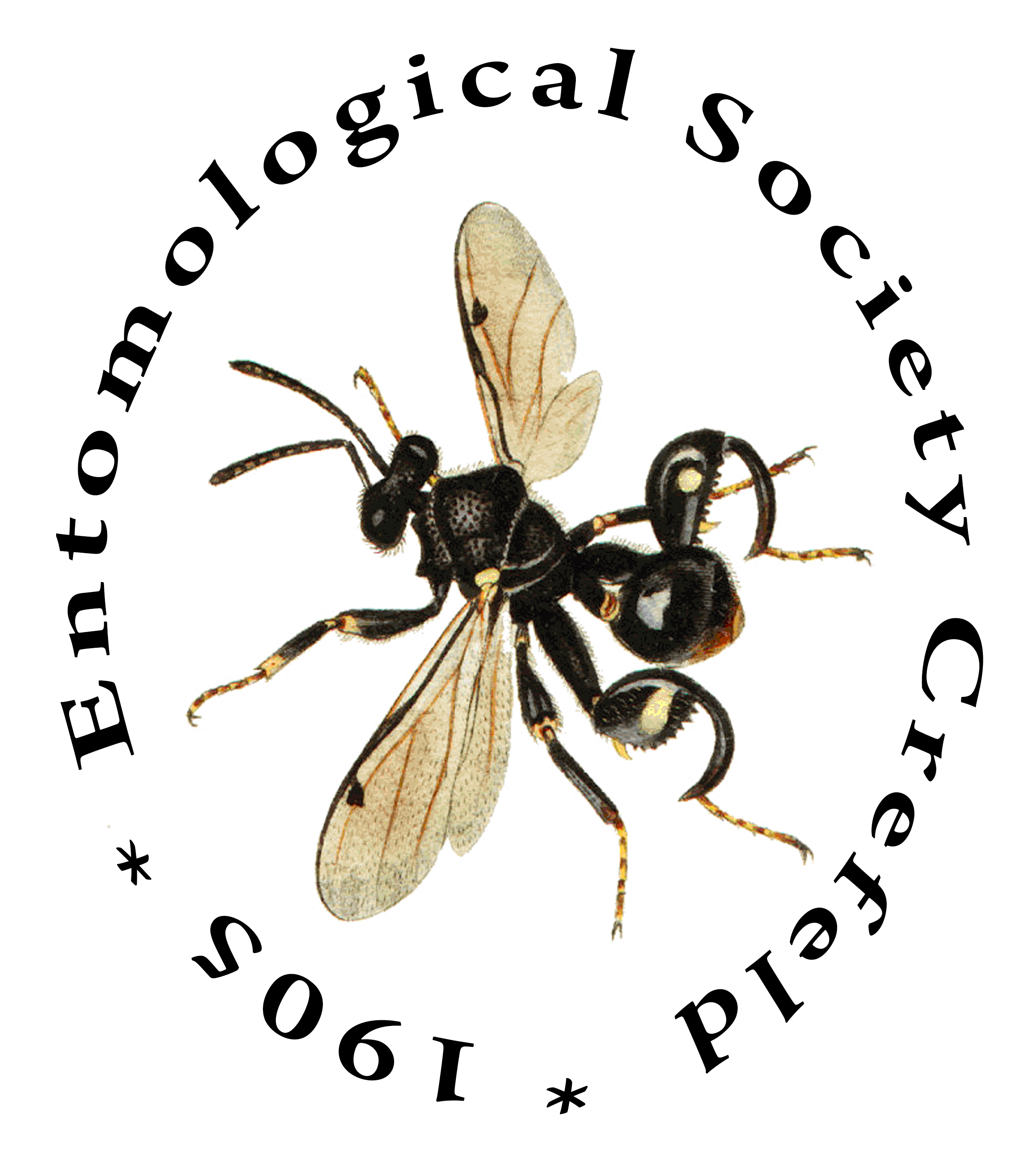top of page


Ausgabe 04/2022 - Neue Forschungsergebnisse
Diversity of Insects in Nature protected Areas (DINA)
Scientific research project on insect decline
This website is moving!
From now on you will find information about DINA here.
Until August, this page will also be available for you and provide current findings from the project.
Due to their crucial functional role as pollinators, destruents, predators, and prey, insects are of central importance for healthy ecosystems and a key to all efforts to maintain biodiversity and preserve essential ecosystem services. Insects represent the major component of animal diversity in land ecosystems and affect nearly all food webs and biocoenoses. Serious losses in the regional and local diversity of insects do not only lead to a decline in insectivorous species of higher trophic levels but also reduce pollination and seed dispersal of plants and therefore seriously affect the vegetation.
Long-term insect monitoring recently demonstrated a dramatic decline of insect populations within nature-protected areas in Germany. Losses of butterfly populations in other countries suggest that the insect decline is a European phenomenon, and the parallel decline of bird populations suggests that the phenomenon affects whole ecosystems.
This project aims at analyzing insect biodiversity in 21 selected German nature reserves, in correlation with important environmental variables, identifying possible causes of its decline, exploring potentials of stakeholder participation for integrated, cross-sectoral decision-making, and providing evidence-based policy recommendations for more effective biodiversity preservation. This is the first research project addressing these questions in Germany.
The legal and environmental policy framework of the proposed research project is the Biodiversity Convention (CBD 1992) and its numerous decisions concretizing research demands. At the national level, our project is based on the biodiversity strategies of the Federal Government (BMUB 2007), as well as on the Federal Nature Conservation Act and the Fauna-Flora Habitat Directive (FFH-RL).

The bee-hive beetle (Trichodes alvearius) of the family Cleridae, parasitizes nests of wild bees and mud daubers.
Methodology of DINA
In our joint research project “Diversity of Insects in Nature protected Areas (DINA), we aim at remedying existing deficits in applied biodiversity research. Our study will provide an enormous dataset of insect occurrence data, unprecedented in its completeness for flying insects. For this, we use metabarcoding combined with Malaise trap sampling as a new instrument in the study of biodiversity and ecological processes. Our results will represent the most complete recording of alpha diversity of the species-richest animal group in Germany at several study sites.
To enable an evidence-based optimization of protected area planning, we will quantify insect diversity and the species composition at selected sites and relate it to floral and spatial characteristics of the nature-protected areas and ecotoxicological analytics. For the first time, we will include agricultural practices in and around nature-reserves in our investigation of the effectiveness of biodiversity conservation – the core function of protected areas.

Fig. 2: Overview map of the 21 nature reserves that are managed in the project.
Video by Dennis Brüggen and Philipp Leonhard Reddig about the DINA project.

Citizen Science Approach
Integrally connected with the work of DINA is a citizen science approach. With its 700,000 members and supporters, NABU is the largest nature conservation association in Germany. In order to deepen the Citizen Scientist approach within DINA, volunteers will be engaged in running the Malaise traps located at 21 selected sampling sites. These volunteers are recruited through the networks of NABU and are equipped with the material needed and trained. Their integration will provide regional support and the possibility to engage more people with "their" nature protected area. Thus, the volunteers are involved to a high degree in the necessary data collection. At the same time, we want to train volunteers in insect protection and stakeholder management.
NABU - Nature And Biodiversity Conservation Union
Leibniz Institute of Ecological Urban and Regional Development (IÖR)
Zoological Research Museum Alexander Koenig (ZFMK)
Entomological Society Krefeld (EVK)
University of Kassel (UniKS)
University of Koblenz-Landau (UKL)
Integrierte Umweltüberwachung (TIEM, on behalf of NABU)
International Centre for Sustainable Development (IZNE)
Institute for Social-Ecological Research (ISOE)






Project associates




bottom of page